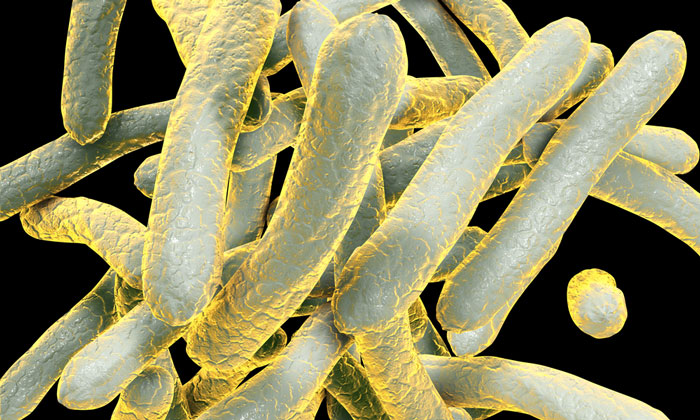New drug lead identified in fight against Tuberculosis
Posted: 2 March 2017 | Niamh Marriott (Drug Target Review) | 1 comment
Believed by many to be a relic of past centuries, tuberculosis (TB) causes more deaths than any other infectious disease including HIV/AIDs. In 2015 there were an estimated 10.4 million new cases of TB and 1.4 million deaths from the disease.


Antibacterial compounds found in soil could spell the beginnings of a new treatment for tuberculosis, new research led by the University of Sydney has found.
The bacterium causing TB (Mycobacterium tuberculosis) is becoming increasingly resistant to current therapies, meaning there is an urgent need to develop new TB drugs. In 2015 an estimated 480,000 cases were unresponsive to the two major drugs used to treat TB. It is estimated more than 250,000 TB deaths were from drug-resistant infections.
An international collaboration led by University Professors Richard Payne, from the School of Chemistry, and Warwick Britton, from the Sydney Medical School and the Centenary Institute, has discovered a new compound which could translate into a new drug lead for TB.
Synthetic chemistry
The group was drawn to soil bacteria compounds known to effectively prevent other bacteria growing around them. Using synthetic chemistry the researchers were able to recreate these compounds with structural variations, turning them into more potent compounds called analogues. When tested in a containment laboratory these analogues proved to be effective killers of Mycobacterium tuberculosis.
“These analogues inhibit the action of a key protein needed to build a protective cell wall around the bacterium,” said Professor Payne. “Without a cell wall, the bacterium dies. This wall-building protein is not targeted by currently available drugs.
“The analogues also effectively killed TB-causing bacteria inside macrophages, the cells in which the bacteria live in human lungs.”
Professor Payne said the findings are the starting point for a new TB drug. Planning for further testing and safety studies is underway.
Related topics
Lead Generation
Related conditions
Tuberculosis (TB)
Related organisations
Sydney University
Related people
Professor Richard Payne, Professor Warwick Britton




To struggle against the MDR and EXDR tuberculosis we need new antibiotics with different chemical structure from those that we use in TB therapeutics. New molecules that target essential metabolic pathways for the M tb growth or survival. It seems that these analogues inhibit the synthesis of a envelop of the Koch bacilli. Is this metabolic pathway essential and new target? What is the resistance mutation rate of Mtb against these new molecules?
Anyway I want to congratulate the research team for this important investigation